Récupérer un Ransomware 725
Notre équipe est capable de récupérer des données cryptés par 725 peu importe le dispositif de stockage.
- VMware ESXi
- Microsoft Hyper-V
- Microsoft SQL Server
- Firebird
- Oracle
- VMware ESXi
- Microsoft Hyper-V
- Microsoft SQL Server
- Firebird
- Oracle
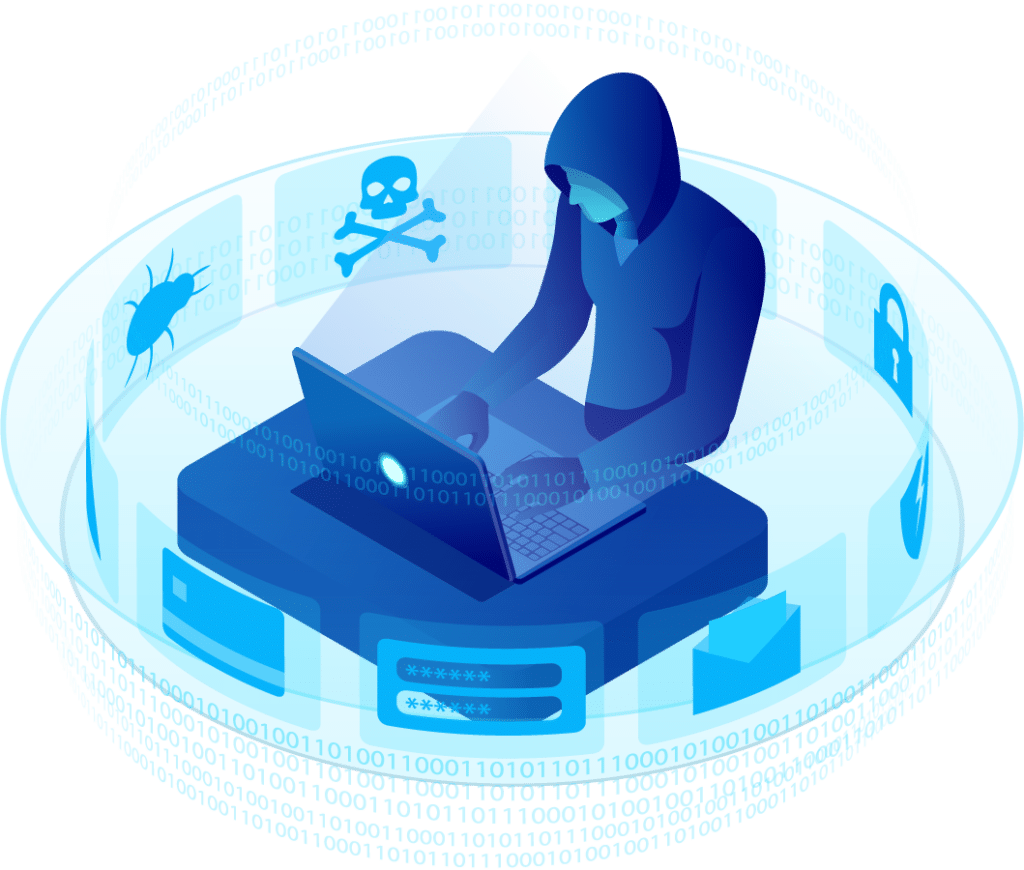
SERVICES DANS LE MONDE ENTIER
CAS D’ATTAQUES LOCKBIT
CAS D’ATTAQUES BLACKCAT
CAS D’ATTAQUES HIVE LEAKS
CAS D’ATTAQUES MALLOX
ÉCONOMISÉ SANS CONTACT AVEC LES HACKERS
Déchiffrer les fichiers de ransomware 725
Nos solutions uniques ont ouvert la voie à la récupération de fichiers cryptés par 725 qui était auparavant impossible.
Face à un événement aussi désastreux, peu de choses peuvent être faites, surtout si les sauvegardes ont été affectées ou ne sont pas à jour. Le nombre d’entreprises qui ferment leurs portes après s’être fait crypter leurs données a atteint des chiffres stupéfiants.
Dans bien des cas, même en payant la rançon, la clé de décryptage n’est pas transmise par les criminels. Dans cette situation, il n’y a aucune autorité à laquelle on peut s’adresser.
Digital Recovery arrive sur le marché avec des solutions capables de décrypter les fichiers affectés par un ransomware. Nous avons des chiffres solides dans nos projets de récupération.
Pourquoi Digital Recovery?
Après plus de deux décennies d’expérience, notre entreprise a su satisfaire des clients à travers le monde. Nous sommes capables de fournir des solutions à distance et nous disposons d’un service multilingue pour mieux répondre aux besoins de nos clients.
Nous sommes spécialisés dans la récupération des fichiers cryptés par le ransomwares 725 , en réponse à l’augmentation du nombre d’attaques dans le monde entier. Nous avons mis au point une solution unique qui peut être appliquée à une variété de dispositifs de stockage, y compris les machines virtuelles, les systèmes RAID, les stockages NAS, DAS, SAN, les bases de données et les serveurs, entre autres.
Nous disposons d’une équipe de spécialistes hautement qualifiés, équipés des dernières technologies de récupération de données. Notre principale technologie, TRACER, est une technologie exclusive qui a produit des résultats significatifs dans la récupération de fichiers affectés par un ransomware.
Notre service de diagnostic avancé nous permet de déterminer l’ampleur de l’attaque en 24 heures ouvrables maximum. Après cela, nous présentons une offre commerciale et nous lançons le processus de récupération des fichiers une fois que l’accord est conclu.
Nous sommes en conformité avec la réglementation RGPD pour garantir la sécurité de nos clients et offrons un accord de confidentialité (NDA) élaboré par notre service juridique. Si vous préférez utiliser votre propre NDA, nous sommes prêts à l’analyser et l’accepter si nécessaire.
Nous sommes
toujours en ligne
Remplissez le formulaire, ou sélectionnez votre forme de contact préférée. Nous vous contacterons pour commencer à récupérer vos fichiers.
Histoires de réussite
Ce que nos clients disent de nous
"Nous avons eu un sérieux problème après une panne de courant d'un serveur NAS en Raid 5. J'ai immédiatement contacté DIGITAL RECOVERY. Après quelques jours de travail acharné, le problème a été résolu."
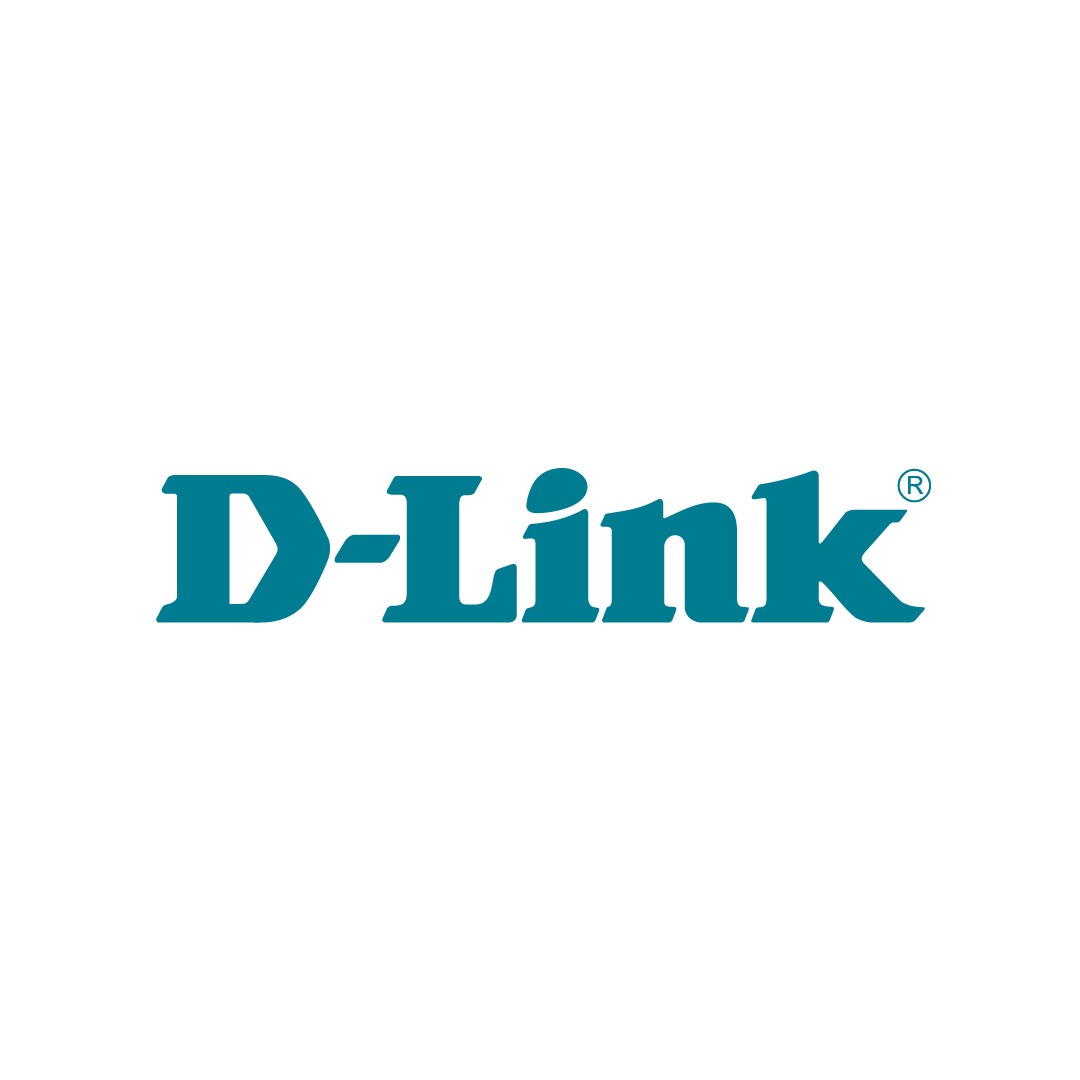
"Un de nos serveurs de raid s'est arrêté. Après plusieurs tentatives sans résoudre le problème, nous avons trouvé DIGITAL RECOVERY et 5 heures plus tard, à 4 heures du matin, les données étaient récupérées."

"Nous avons fait appel à DIGITAL RECOVERY dans un cas spécial (de perte de données) dans un stockage raid 5. Digital Recovery a récupéré les 32 millions de fichiers du client, le laissant extrêmement satisfait."

"Sans aucun doute la meilleure entreprise de récupération de données d'Amérique latine. Le contact Digital Recovery sera toujours enregistré sur mon téléphone, car j'en aurai inévitablement besoin à nouveau."

"La qualité du service est excellente. L'attention accordée au service à la clientèle est gratifiante et les commentaires que nous recevons nous rassurent sur le fait que nous pouvons avoir confiance en leur travail et leur dévouement."
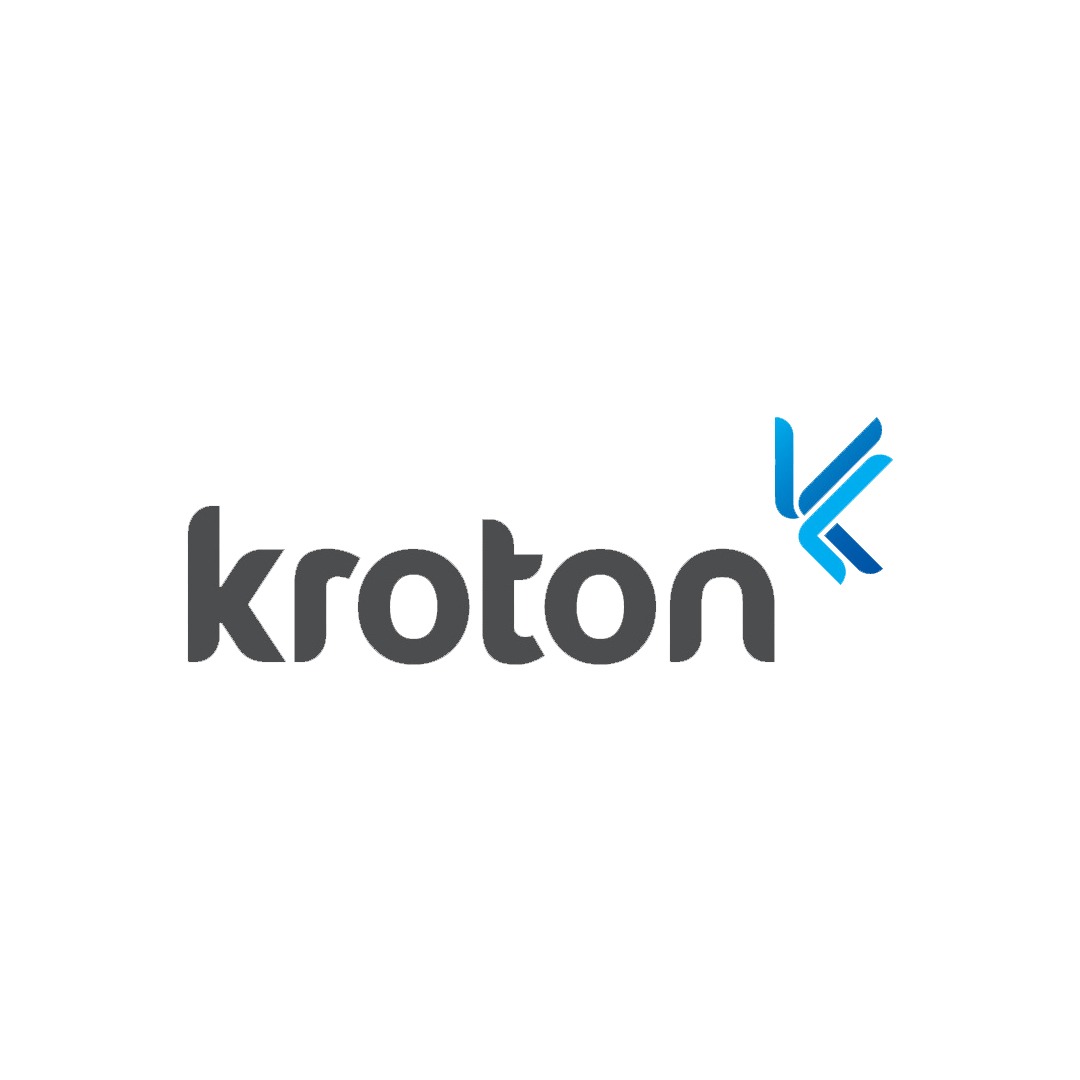
Client depuis 2017
"Grande entreprise, ils m'ont sauvé d'un gros problème! Je recommande, service rapide, mes remerciements à l'équipe de Digital Recovery pour l'attention et la solution rapide au problème! Afficher"

Deuxième fois que je compte avec l'agilité et le professionnalisme de l'équipe de Digital Recovery, ils sont très expérimentés et agiles. Je recommande à tous

"Ils m'ont aidé à récupérer des données que je croyais perdues. J'ai eu une excellente expérience avec l'équipe pour son calme, son agilité et sa transparence."
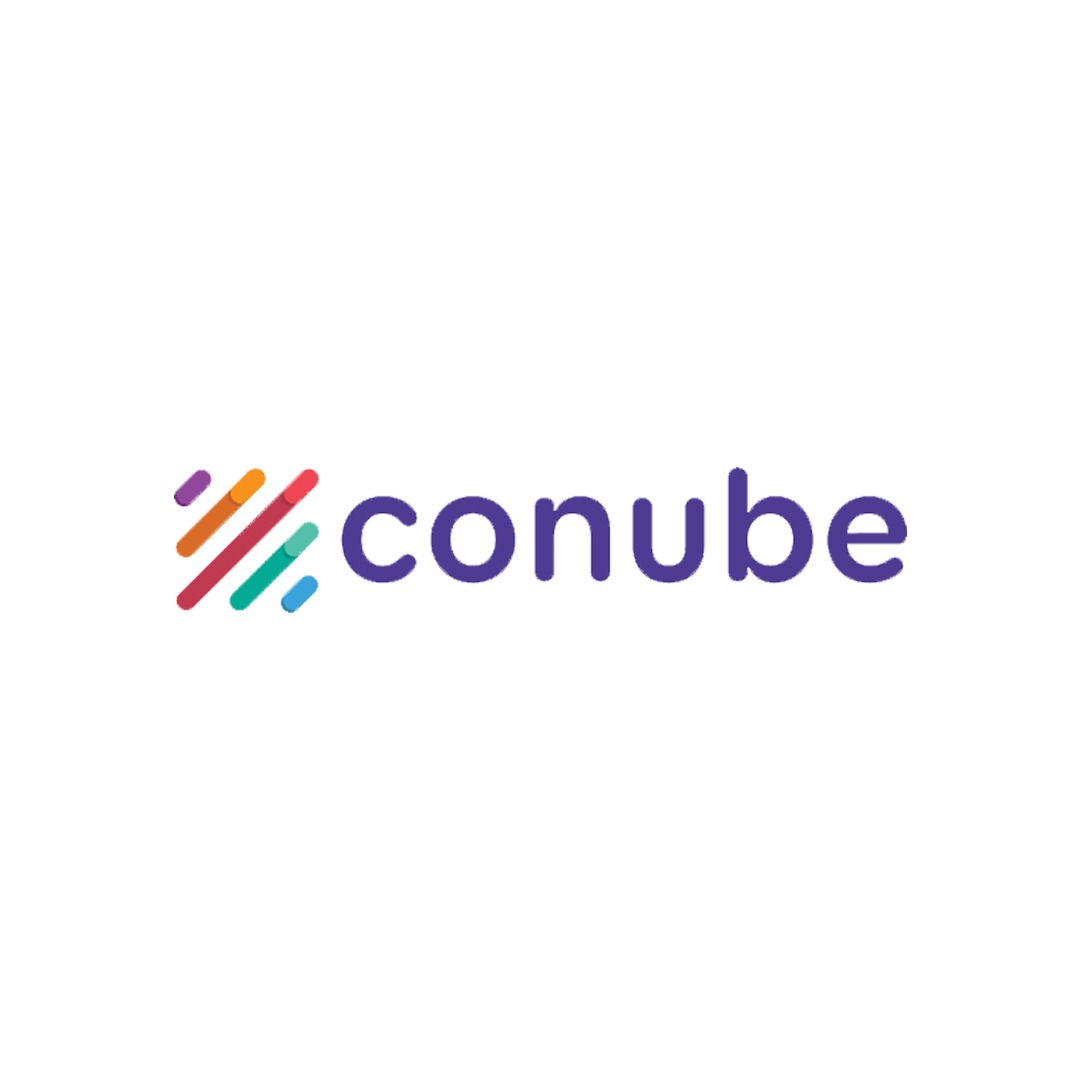









Réponses de nos experts
La récupération de fichiers ransomware 725 n’est possible que parce que nous avons développé une technologie propriétaire qui nous permet de localiser les fichiers cryptés et de les reconstruire, dans de nombreux cas. Ce processus nécessite la connaissance du périphérique de stockage qui a été affecté, sans quoi les fichiers peuvent être corrompus, si cela se produit la récupération n’est pas possible. Nos experts ont une connaissance approfondie de chacun des principaux dispositifs de stockage, tels que : les systèmes RAID, les stockages (NAS, DAS, SAN), les bases de données, les serveurs, les machines virtuelles et autres.
Comment choisir une entreprise pour décrypter mes données?
Il est difficile de trouver des entreprises capables de décrypter les fichiers de ransomware 725 car cette expertise est rare. Par conséquent, les informations sur cette possibilité sont peu répandues et beaucoup pensent que la récupération des fichiers est impossible. De plus, il y a des informations erronées qui circulent affirmant que le décryptage n’est pas réalisable.
Au milieu de cette situation, certaines entreprises sérieuses, telles que Digital Recovery, ont développé des solutions pour décrypter les fichiers ransomware. Les informations concernant ces processus et les clients sont gardées confidentielles, de sorte que les témoignages officiels sont rares.
Compte tenu de tout cela, il est important de rechercher des entreprises sérieuses qui ont plusieurs années d’expérience sur le marché de la récupération des données et qui mettent à la disposition du client un spécialiste avec lequel il peut communiquer dès le premier contact.
Combien coûte le processus de décryptage d'un ransomware 725?
Avant le diagnostic avancé, il est impossible d’évaluer le coût du processus car ce n’est qu’à ce moment-là que l’on peut quantifier les dommages infligés par le ransomware et déterminer la viabilité du décryptage.
Après le diagnostic initial, une proposition commerciale est faite et, une fois acceptée, le processus de récupération commence. Le paiement n’est effectué qu’après la validation des fichiers récupérés, effectuée par le client lui-même.
Négocier avec les pirates informatiques est-il une bonne option?
Les criminels espèrent être contactés rapidement par leur victime après avoir mené une attaque, et pour cela, ils utilisent souvent des menaces de rançon. Lors du premier contact, la victime est susceptible d’être sous un fort stress, ce qui peut la pousser à céder plus facilement aux exigences des criminels.
Nous recommandons à la victime de ne pas contacter les criminels, mais, après avoir vérifié l’attaque, de contacter les professionnels du secteur afin qu’ils puissent, accompagnés d’un spécialiste, analyser les données et vérifier les possibilités de restauration.
Les dernières insights de nos experts

Qu’est-ce que la mémoire flash ?
Depuis son invention dans les années 1980, la mémoire flash a révolutionné le stockage des données numériques. Essentielle pour les appareils mobiles, les appareils photo
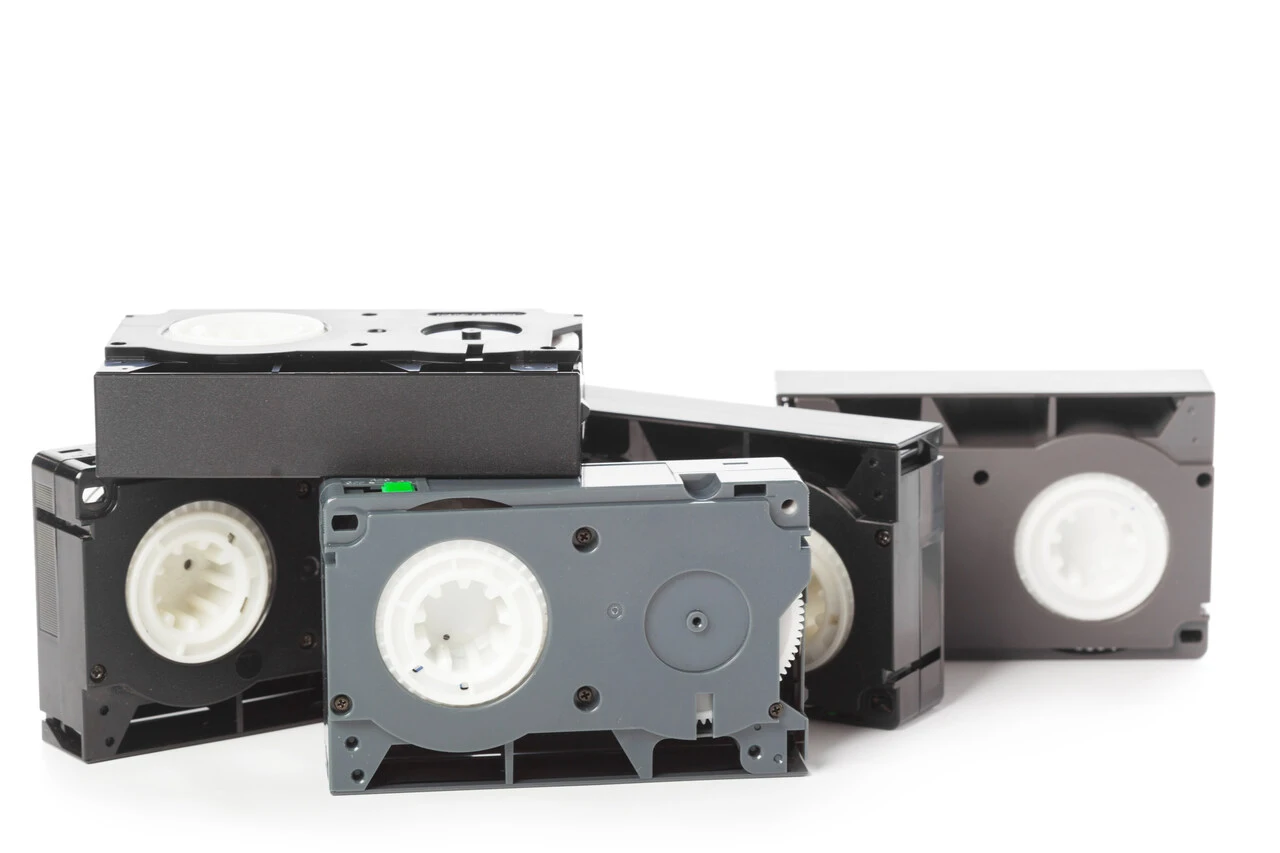
Portabilité des données sur bandes magnétiques
La portabilité des données sur les bandes magnétiques consiste à migrer les données stockées sur une ancienne bande vers une bande dotée de la technologie
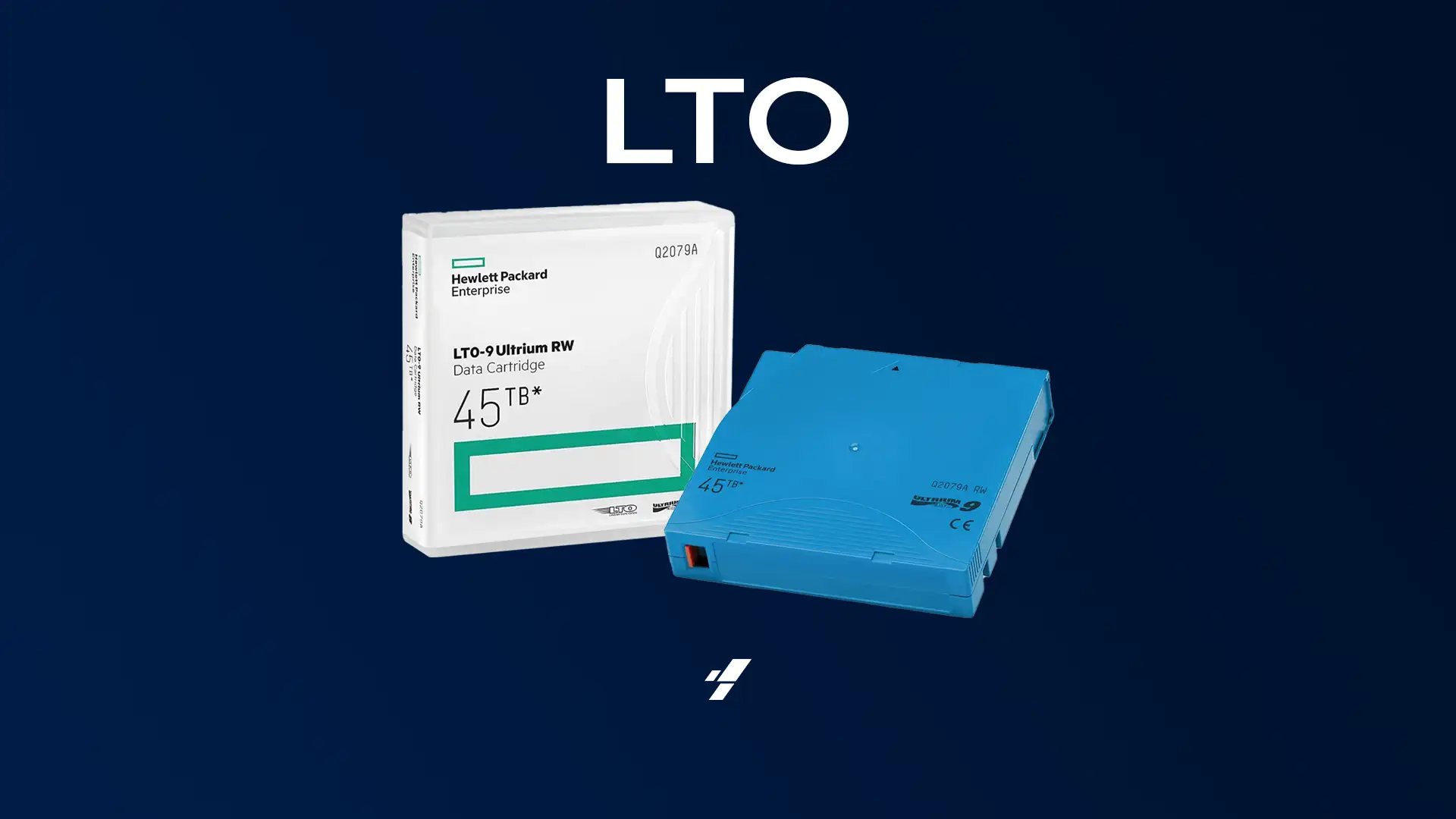
Qu’est-ce qu’une bande LTO ? Découvrez la puissance du stockage à long terme
Les bandes LTO, acronyme de Linear Tape-Open, représentent une technologie de stockage de données sur bande magnétique développée à la fin des années 1990 en
Ce que vous devez savoir
Comment prévenir une attaque par ransomware 725?
La prévention d’une attaque par ransomware nécessite un cadre de cybersécurité complet, mais ce n’est pas tout, énumérons quelques points importants auxquels vous devez prêter attention.
- Organisation – Pour prévenir les attaques, il est bénéfique d’avoir une documentation complète du parc informatique, ainsi qu’une bonne organisation des réseaux et des ordinateurs. Il est également important d’établir des règles claires pour l’installation et l’utilisation des programmes sur les ordinateurs, afin que les nouveaux employés puissent comprendre la politique de l’entreprise à cet égard.
- Mots de passe forts – Les mots de passe doivent être sécurisés et comporter au moins 8 caractères, y compris des chiffres, des lettres normales et spéciales. Il est crucial de ne pas utiliser le même mot de passe pour plusieurs identifiants.
- Solutions de sécurité – Il est recommandé d’installer un antivirus de qualité et de mettre à jour régulièrement tous les programmes, y compris le système d’exploitation. En plus de l’antivirus, il est important d’avoir un pare-feu et des points de terminaison pour assurer la sécurité du système.
- Méfiez-vous des courriels suspects – L’un des moyens d’invasion les plus utilisés par les groupes de pirates informatiques sont les campagnes de spam. Il est donc essentiel de créer une politique de sécurité et de sensibilisation pour que les employés ne téléchargent pas les fichiers joints envoyés par des courriels inconnus.
- Politiques de sauvegarde efficaces – Pour faire face à toute éventualité, les sauvegardes ont un rôle crucial. Mais de nombreuses entreprises les négligent ou mettent en place un programme de sauvegarde inefficace. Il est déjà arrivé que les données soient cryptées ainsi que les sauvegardes, rendant la récupération encore plus difficile. Il est important de ne pas stocker les sauvegardes uniquement en ligne. La méthode de sauvegarde la plus fiable consiste en une structure 3x2x1, comprenant 3 sauvegardes, 2 en ligne et 1 hors ligne, et une mise à jour régulière des sauvegardes.
- Méfiez-vous des programmes non officiels – Il existe de nombreux programmes payants qui sont mis à disposition gratuitement sur Internet, tels que Windows, Office et bien d’autres. Ils peuvent sembler intéressant au début, mais à l’avenir, ils peuvent être utilisés comme une passerelle pour de futures attaques de pirates informatiques. Bien que les programmes officiels puissent nécessiter des ressources financières, ils constituent un bon investissement et sont sûrs.
Quel est le moyen d'accès le plus communément utilisé par les pirates pour s'introduire dans les environnements?
Il existe plusieurs stratégies employées par les criminels, les principales étant : Téléchargements de fichiers infectés, liens malveillants, attaques via RDP, phishing, campagnes de spam, entre autres.
Tous ont la même intention, accéder au système de la victime sans que celle-ci s’en aperçoive. Pour ce faire, le ransomware se camoufle dans le système afin de ne pas être détecté par les systèmes de défense.
Lorsque l’activité d’un utilisateur est requise, les techniques de hameçonnage sont utilisées de manière à ce que la victime télécharge involontairement un ransomware dans son système.
Existe-t-il un comportement de mon serveur que je peux analyser pour savoir si je suis attaqué par un ransomware?
Pour déterminer si une attaque est en cours, il convient d’examiner attentivement les activités suspectes, notamment l’utilisation élevée du processeur, de la mémoire et des accès au disque.
Comme le ransomware utilise les ressources propres de la machine pour effectuer l’exfiltration, si la double tactique d’extorsion est appliquée, et le cryptage des données. Cela exige l’utilisation des ressources de la machine.
La détection de l’attaque ransomware est également possible en analysant les modifications apportées aux extensions de fichiers. Toutefois, cette méthode est plus difficile car le cryptage a déjà été lancé.
Que se passe-t-il si je ne paie pas le rachat?
Les données resteront cryptées, il sera nécessaire de formater la machine concernée. Ce faisant, toutes les données stockées seront perdues.
Dans les situations où les attaquants utilisent la technique de double extorsion, en copiant et extrayant tous les fichiers avant de crypter les données d’origine, il est probable que les fichiers volés soient diffusés sur le site Web du groupe ou sur les forums du Dark Web. Dans ces cas, les données d’origine demeureront cryptées sur l’appareil affecté, obligeant à formater l’appareil pour récupérer l’accès aux données.



